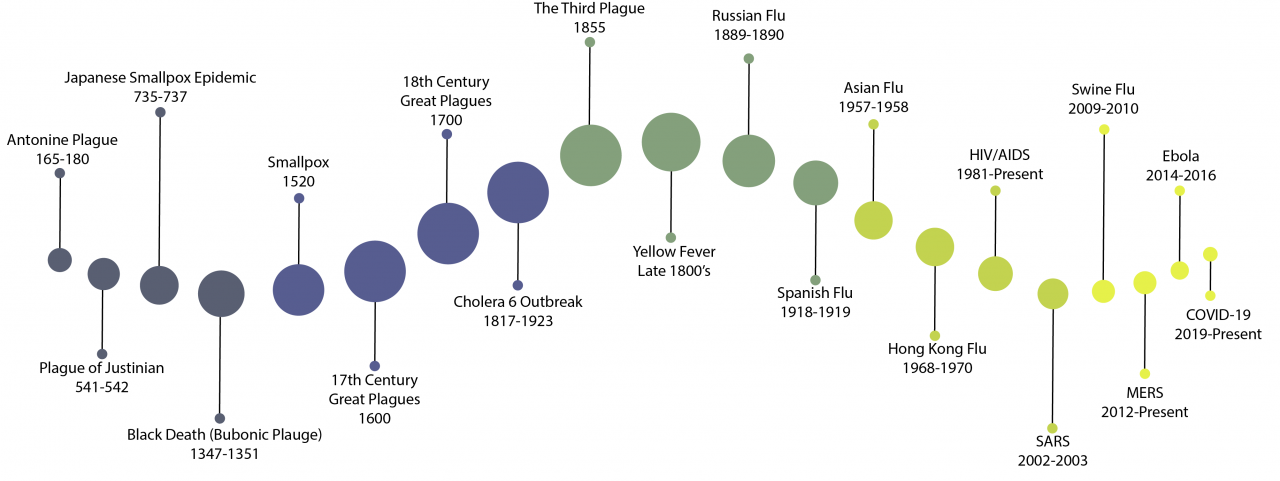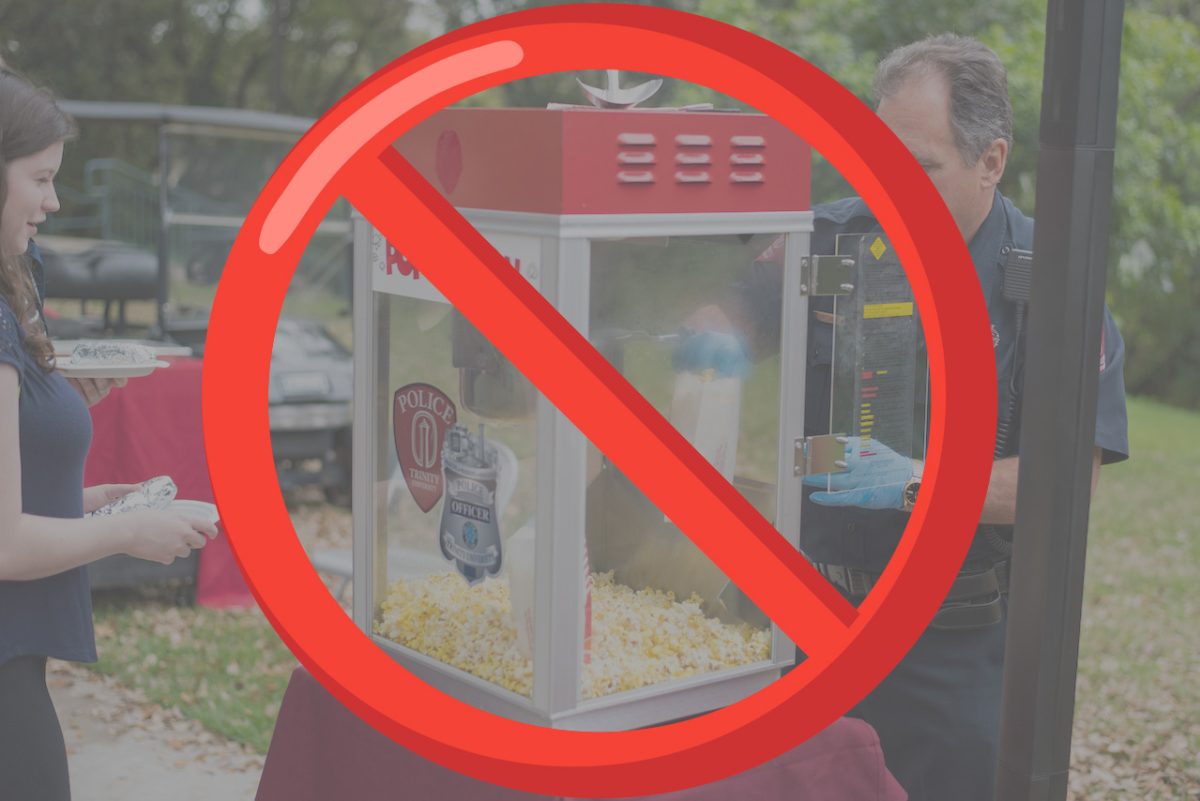Since the emergence of COVID-19, the sports world has struggled to figure out the best way to address safety issues while also allowing sports to continue and give players and fans what they want. When trying to find solutions, the general tendency is to look to the past for guidance.
Unfortunately, there isn’t much to go on. Like all other aspects of life, sports have most certainly been impacted by past pandemics and epidemics. However, each disease’s biology and the context in which it began has resulted in very different situations than our current COVID-19 one.
The 1918 flu pandemic, caused by the H1N1 virus, is very similar to the scope and condition of COVID-19; however, there is little comparison since it occurred during such a different time. This flu was a pandemic, when a disease spreads worldwide, while an epidemic refers to when a disease quickly spreads to many people. The 1918 flu killed at least 50 million worldwide and 675,000 in the U.S.
Since there was no vaccine or antibiotics to treat the subsequent bacterial infections, the only interventions were quarantine, personal hygiene, limiting public gatherings, and using disinfectants. The same interventions used today to limit the spread of COVID-19; however, the 1918 flu did not nearly impact sports the way COVID-19 has.
In 1918, sports were already mostly canceled not because of the flu but because of World War I. Additionally, only two major sports were occurring at the time: college football and major league baseball. The NFL, NBA, WNBA, Pro Golf, MLS, NWSL, and Pro Tennis hadn’t even started yet.
Most college football players were off fighting, but baseball continued with its 1918 season. It feared shutting down due to revenue losses, but ultimately the war ended the season rather than the flu. The Secretary of War, Newton Baker, announced that baseball was not an essential occupation, and by Labor Day, the season would be over.
In November 2002, Severe acute respiratory syndrome (SARS) was reported in China. SARS is a respiratory disease caused by a coronavirus like COVID-19. However, SARS is less easily transmissible, so it was ended through intense public health interventions by July 2003. Over 8,000 people became infected with SARS, and over 700 died. Only 8 cases were reported in the United States.
While SARS is very similar to COVID-19, it did not nearly impact the United States in the same magnitude. It did, however, affect the sports world. In 2003, China was set to host the Women’s World Cup. Due to the SARS epidemic, the tournament was moved to the United States at the last minute.
The scope and magnitude of SARS is not similar to COVID-19, but both are very similar types of diseases and spread the same ways. With intense public health interventions, the spread was contained and didn’t impact U.S sports as much.
Acquired immunodeficiency syndrome (AIDS) is caused by the virus HIV. The virus was first identified in the 1980s and was discovered to be a sexually transmitted disease or occur through blood cross-contamination, such as sharing needles. AIDS and COVID-19 are different diseases, biologically speaking, and have had very different impacts on the sports world.
HIV/AIDS faced tremendous stigma in the United States because it was conflated with a particular community and behaviors, mostly gay men. Initially, the disease was labeled GRID (gay-related immune deficiency) rather than AIDS, contributing to the intense stigma. There was also tremendous fear because, for a long time, there was no treatment for HIV/AIDS, so when someone was diagnosed, it was a death sentence.
In 1991, NBA L.A Laker’s Earvin “Magic” Johnson announced that he was HIV positive, which had a tremendous impact on the perception of AIDS and the sports world. Johnson’s diagnosis made professional athletes question the risk of transmission through blood in contact sports.
This brought about legal questions revolving around whether athletes must be subjected to mandatory HIV testing and whether their status would be disclosed. This raised obvious privacy concerns and if players could be fired due to their status.
Ultimately, research has shown that the likelihood of HIV transmission during contact sports is tremendously low. Regardless, this prompted organizations to develop regulations to be as safe as possible. The NBA and Fifa require players who are bleeding or have an open wound to be taken off the field and tended to.
HIV/AIDS had a much different impact on sports than COVID-19 has, but each has changed how sports are played. COVID-19 has forced schedule changes, limited or no fans, new regulations in terms of facilities and sideline treatment, and even conversations between players and coaches.
While we don’t have history to look back on, it’s essential to stay consistent and adamant with COVID-19 regulations because the pandemic isn’t over, and it will take everyone to stop its spread.







